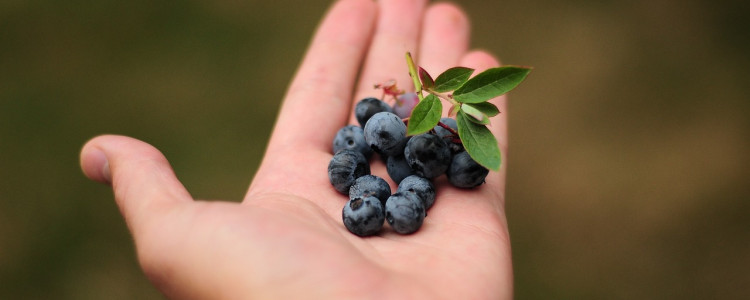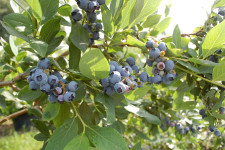Plants come in a variety of sizes and shapes depending on their species, environment, and growth conditions. The following are some differences in plant sizes and shapes:
1. Trees: They are generally tall, woody plants with a single stem or trunk and branches that spread out in all directions. They are often the largest plants in an ecosystem and provide shade, shelter, and food for many animals.
2. Shrubs: They are shorter than trees and have multiple stems that grow from the ground. They tend to grow wider than they are tall, and their branches often grow close to the ground.
3. Vines: They are plants that climb or trail on other plants, trees, or structures. They have long, slender stems that can grow up to several meters long.
4. Herbs: They are small, non-woody plants that can be annual or perennial. They often have soft, green stems and leaves and are used for culinary or medicinal purposes.
5. Succulents: They are plants that store water in their stems or leaves to survive in arid conditions. They come in various shapes and sizes, ranging from small to large.
6. Grasses: They are herbaceous plants with narrow leaves that grow close to the ground. They generally form dense tufts or clumps and are an essential food source for many grazing animals.
Overall, the size and shape of a plant can impact its growth, survival, and ability to interact with its environment and other organisms.
Dr. Sarah Smith is a blueberry expert and author of BlueberryExpert.com. She has been growing and studying blueberries for over 20 years. Her research has focused on the different varieties, growing techniques, and nutritional content of blueberries. She is passionate about helping people to grow their own healthy blueberries and has been a leader in the industry for many years.Dr. Sarah Smith








